 Facebook
Facebook
 X
X
 Instagram
Instagram
 TikTok
TikTok
 Youtube
Youtube
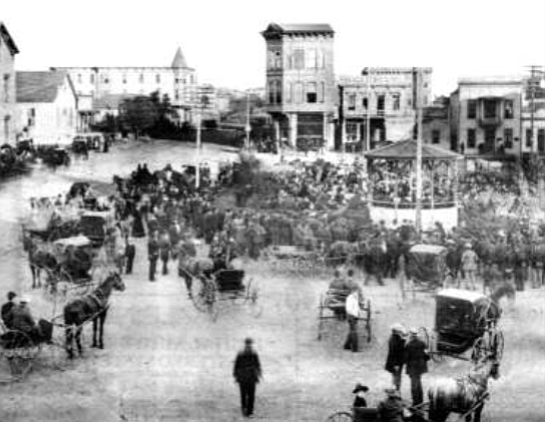
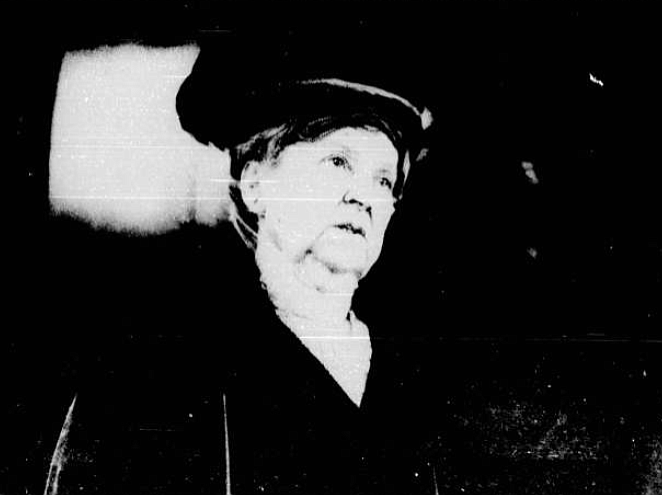
“I was dressed in my ‘Little Lord Fauntleroy’ suit, and playing with K.T.’s dog (Theosophists are fond of using their leader’s initials). Suddenly, I looked up and said ‘I know what you want, Mrs. Tingley. You want me to stay here!’ ‘Do you want to stay?’ she asked. I said, ‘If you want me to stay, I’ll stay.’ So, she gave me an American flag, and I led the closing procession all the way to the cliffs.”
By Merton Gaudette, April 20, 1978 | Read full article
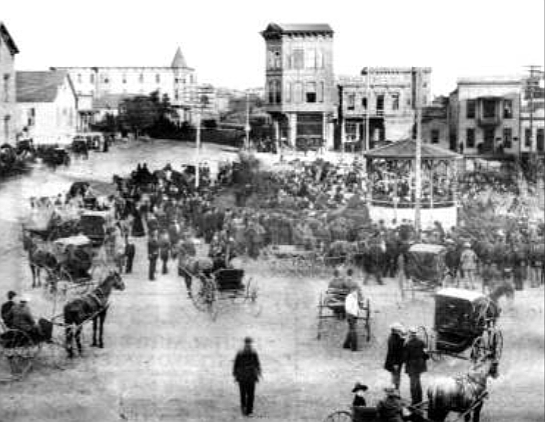
The first Cabrillo celebration in 1892 brought new life to the plaza. A pavilion made of white cloth and decorated with pepper branches, streamers, and bunting occupied a ground space. Planned for 5000 people, the pavilion somehow managed to accommodate at least 6000. F.F. Del Valle of Los Angeles held everyone spellbound with a rhapsodic description of Cabrillo’s adventures. In the evening, the First Cavalry Band entertained an audience of nearly 10,000.
By Richard W. Amero, May 24, 1990 | Read full article
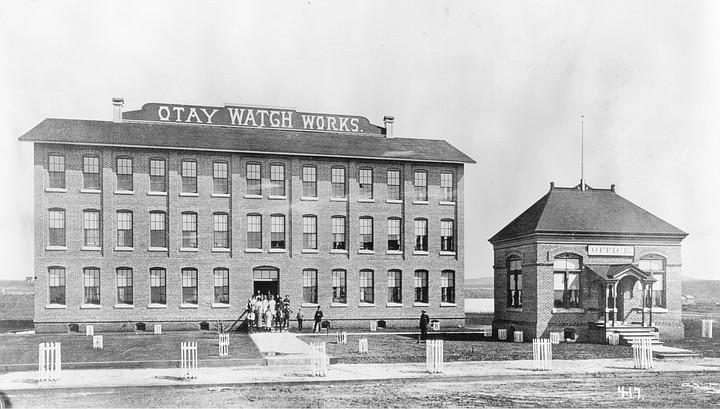
We went to see the glockenspiel at Point Loma Nazarene University. It’s in the Ryan Library, to the right of the entrance. Get there before noon on any day to see the show yourself. Twenty-five animated figures, hand-carved out of wood, revolve on two turntables – knights in striped costumes, jesters in belled hats, dancers in long white stockings, and a king and queen in the balcony surveying it all – while a computer-programmed carillon plays German folk tunes.
By Jeanne Schinto, May 6, 1999 | Read full article
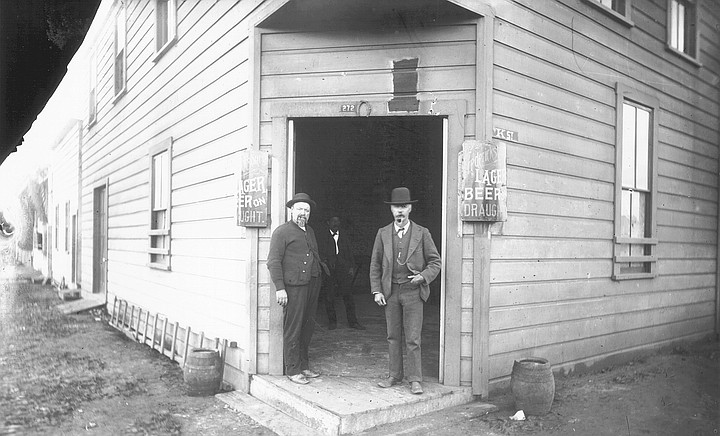
The Stingaree District became San Diego’s den of unrepressed iniquity. In 1912, the San Diego Sun wrote: “The Stingaree is as old as San Diego.... Ever since the early settlement...there has been a restricted district.... several times it has been raided and closed.” Some of the bars and brothels had a “world-wide reputation. The worst of these is the Pacific Squadron.... In the old days it was the Tub of Blood, which flourished for many years."
By Jeff Smith, June 22, 2000 | Read full article
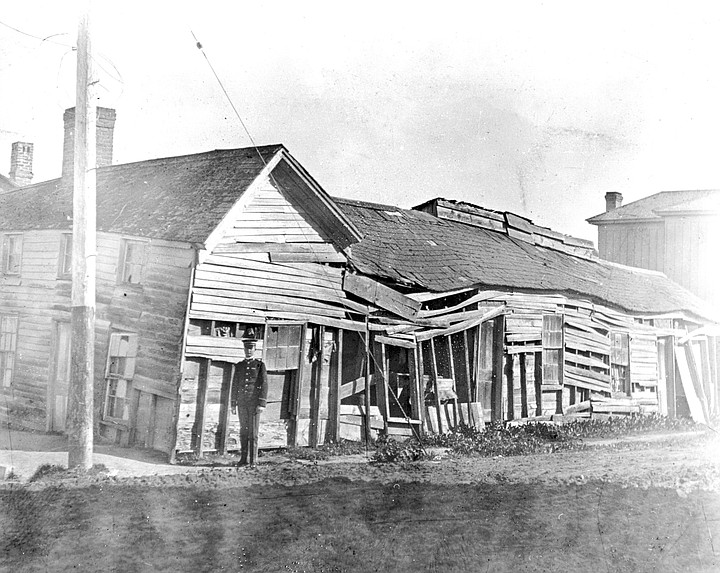
“The structures were mazes of rooms. At Fourth and J, from the Pacific Squadron to Third and J, the Yankee Doodle Hall, narrow passages ran to a big inner court [with] one-story shacks cut up by devious alleyways so that each room had a window and a door. On many of the doors were name plates bearing names of their former inhabitants: Sadie, Gertie, Virgie, Gwendolen, and Ethelryda. Not less than 50 rooms were found in the building.”
By Jeff Smith, July 6, 2000 | Read full article
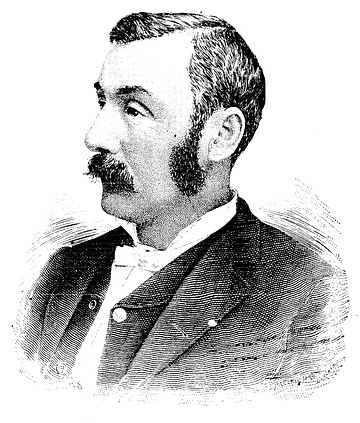
He began his medical practice in an office on Fifth, near F Street. In two years he became city physician. In 1879, the Remondinos entered real estate. They bought and sold land throughout San Diego County, including Kimball's Addition (today's National City), Schiller's Addition (southeast of today's Gaslamp area), as well as the Middletown (old Little Italy), and new San Diego (today's Gaslamp Quarter). They also bought an 80-acre ranch in Cajon Valley.
By Jeff Smith, July 27, 2000 | Read full article
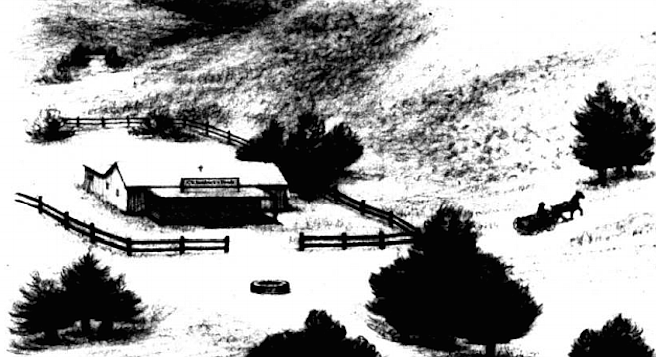
There was a history of immigrants to the area penning Indians up in reservations after throwing them off Mission lands. Indians tried to regain their lands, but they were often unable to and became wanderers. They lived in brush huts or small rancherias, and Anne would see them come and go through the valley in a constant search for food. She had heard of Indians killing people. A family was murdered in Otay several years before.
By Barbara Palmer, Jan. 25, 2001 | Read full article
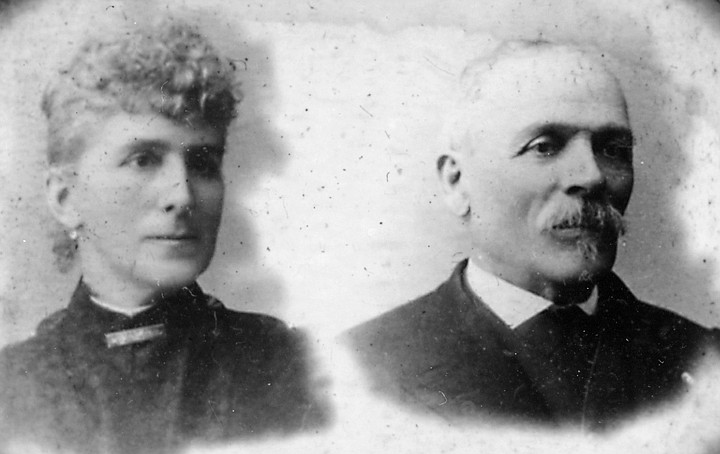
In August 1890, there was a Civil War Encampment (reunion) on Coronado. Civil War veterans had arrived from Illinois (20), Iowa (19), Ohio (17), New York (14), Michigan (13), and Pennsylvania (12). “Many things take place in camp life which do not find their way into print. There is scarcely a night after the ball is over without something going on till nearly daylight that keeps the people more or less astir.”
By Jeff Smith, April 26, 2001 | Read full article
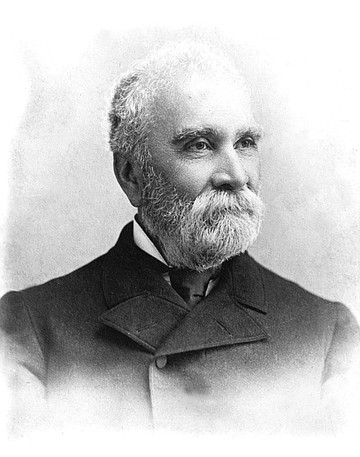
Between 1831 and 1849, Davis watched a metamorphosis in Alta California: from canvas to clapboard to brick. Everywhere he turned, tents grew into clusters of cabins, then houses. He saw sheds expand into warehouses, then two-story buildings (he built the first in San Francisco), and eventually into townships and towns. Davis dreamed of cities and knew that, because most trade relied on ships, before you founded a city, you had to build a wharf.
By Jeff Smith, Aug. 29, 2002 | Read full article

Davis built Pantoja House. It stood on the eastern boundary of Pantoja Plaza (a public square — undeveloped, save for a flagpole, between F and G, Columbia and India Streets – to remain “forever free” to all citizens). “A resort for gentlemen,” Pantoja House boasted a “Billiard Saloon, furnished with the celebrated Winants table” and gas-lit every evening until midnight. The saloon also promised “sparkling champagne cider, Byass’s London Ale and porter,” and several brands of Havana cigars.
By Jeff Smith, Sept. 5, 2002 | Read full article
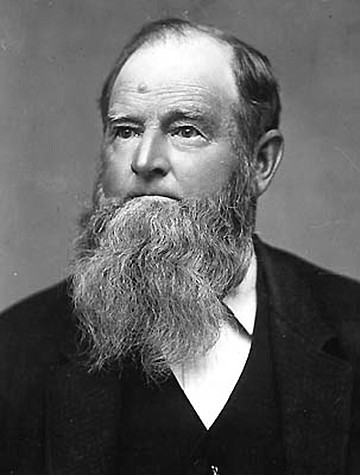
Some new San Diegans dug wells. Davis drilled one that gave Broadway its first name, Spring Street. Drillers found “good water” up to 26 feet but kept going to produce an “artesian” effect — water rising to the surface. “They never brought in the artesian flow they hoped for, and the project was dropped. There was good water under New Town after all, if the first drillers had not insisted that the well be artesian.”
By Jeff Smith, Sept. 12, 2002 | Read full article
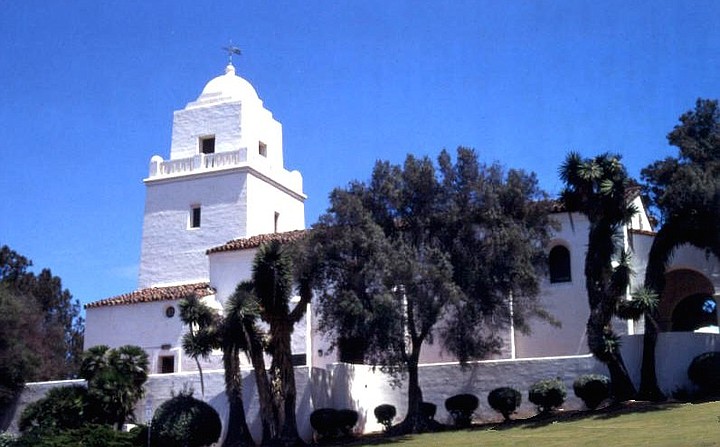
Rodriguez four soldiers rowed to the Alexander and conducted a search. In a storeroom next to the main mast, a soldier found stacks of furs, piled to the ceiling. “Contraband!” Rodriguez declared. He ordered his soldiers to toss them onto the deck. By the official count, 491 otter pelts flew out the storeroom door. The commandant took them to the presidio and locked them in the warehouse. He also demanded that the Alexander leave at once.
By Jeff Smith, Sept. 16, 2004 | Read full article



“I was dressed in my ‘Little Lord Fauntleroy’ suit, and playing with K.T.’s dog (Theosophists are fond of using their leader’s initials). Suddenly, I looked up and said ‘I know what you want, Mrs. Tingley. You want me to stay here!’ ‘Do you want to stay?’ she asked. I said, ‘If you want me to stay, I’ll stay.’ So, she gave me an American flag, and I led the closing procession all the way to the cliffs.”
By Merton Gaudette, April 20, 1978 | Read full article

The first Cabrillo celebration in 1892 brought new life to the plaza. A pavilion made of white cloth and decorated with pepper branches, streamers, and bunting occupied a ground space. Planned for 5000 people, the pavilion somehow managed to accommodate at least 6000. F.F. Del Valle of Los Angeles held everyone spellbound with a rhapsodic description of Cabrillo’s adventures. In the evening, the First Cavalry Band entertained an audience of nearly 10,000.
By Richard W. Amero, May 24, 1990 | Read full article

We went to see the glockenspiel at Point Loma Nazarene University. It’s in the Ryan Library, to the right of the entrance. Get there before noon on any day to see the show yourself. Twenty-five animated figures, hand-carved out of wood, revolve on two turntables – knights in striped costumes, jesters in belled hats, dancers in long white stockings, and a king and queen in the balcony surveying it all – while a computer-programmed carillon plays German folk tunes.
By Jeanne Schinto, May 6, 1999 | Read full article

The Stingaree District became San Diego’s den of unrepressed iniquity. In 1912, the San Diego Sun wrote: “The Stingaree is as old as San Diego.... Ever since the early settlement...there has been a restricted district.... several times it has been raided and closed.” Some of the bars and brothels had a “world-wide reputation. The worst of these is the Pacific Squadron.... In the old days it was the Tub of Blood, which flourished for many years."
By Jeff Smith, June 22, 2000 | Read full article

“The structures were mazes of rooms. At Fourth and J, from the Pacific Squadron to Third and J, the Yankee Doodle Hall, narrow passages ran to a big inner court [with] one-story shacks cut up by devious alleyways so that each room had a window and a door. On many of the doors were name plates bearing names of their former inhabitants: Sadie, Gertie, Virgie, Gwendolen, and Ethelryda. Not less than 50 rooms were found in the building.”
By Jeff Smith, July 6, 2000 | Read full article

He began his medical practice in an office on Fifth, near F Street. In two years he became city physician. In 1879, the Remondinos entered real estate. They bought and sold land throughout San Diego County, including Kimball's Addition (today's National City), Schiller's Addition (southeast of today's Gaslamp area), as well as the Middletown (old Little Italy), and new San Diego (today's Gaslamp Quarter). They also bought an 80-acre ranch in Cajon Valley.
By Jeff Smith, July 27, 2000 | Read full article

There was a history of immigrants to the area penning Indians up in reservations after throwing them off Mission lands. Indians tried to regain their lands, but they were often unable to and became wanderers. They lived in brush huts or small rancherias, and Anne would see them come and go through the valley in a constant search for food. She had heard of Indians killing people. A family was murdered in Otay several years before.
By Barbara Palmer, Jan. 25, 2001 | Read full article

In August 1890, there was a Civil War Encampment (reunion) on Coronado. Civil War veterans had arrived from Illinois (20), Iowa (19), Ohio (17), New York (14), Michigan (13), and Pennsylvania (12). “Many things take place in camp life which do not find their way into print. There is scarcely a night after the ball is over without something going on till nearly daylight that keeps the people more or less astir.”
By Jeff Smith, April 26, 2001 | Read full article

Between 1831 and 1849, Davis watched a metamorphosis in Alta California: from canvas to clapboard to brick. Everywhere he turned, tents grew into clusters of cabins, then houses. He saw sheds expand into warehouses, then two-story buildings (he built the first in San Francisco), and eventually into townships and towns. Davis dreamed of cities and knew that, because most trade relied on ships, before you founded a city, you had to build a wharf.
By Jeff Smith, Aug. 29, 2002 | Read full article

Davis built Pantoja House. It stood on the eastern boundary of Pantoja Plaza (a public square — undeveloped, save for a flagpole, between F and G, Columbia and India Streets – to remain “forever free” to all citizens). “A resort for gentlemen,” Pantoja House boasted a “Billiard Saloon, furnished with the celebrated Winants table” and gas-lit every evening until midnight. The saloon also promised “sparkling champagne cider, Byass’s London Ale and porter,” and several brands of Havana cigars.
By Jeff Smith, Sept. 5, 2002 | Read full article

Some new San Diegans dug wells. Davis drilled one that gave Broadway its first name, Spring Street. Drillers found “good water” up to 26 feet but kept going to produce an “artesian” effect — water rising to the surface. “They never brought in the artesian flow they hoped for, and the project was dropped. There was good water under New Town after all, if the first drillers had not insisted that the well be artesian.”
By Jeff Smith, Sept. 12, 2002 | Read full article

Rodriguez four soldiers rowed to the Alexander and conducted a search. In a storeroom next to the main mast, a soldier found stacks of furs, piled to the ceiling. “Contraband!” Rodriguez declared. He ordered his soldiers to toss them onto the deck. By the official count, 491 otter pelts flew out the storeroom door. The commandant took them to the presidio and locked them in the warehouse. He also demanded that the Alexander leave at once.
By Jeff Smith, Sept. 16, 2004 | Read full article
Comments